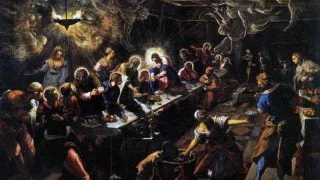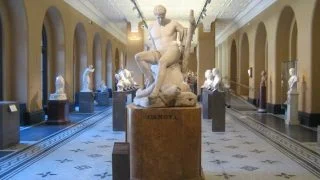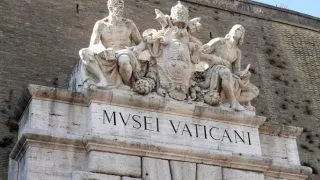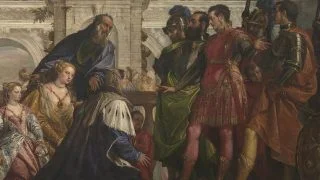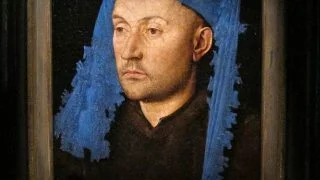One of the most famous paintings in the world depicts one of the best-known Christian stories. Even though The Last Supper by Leonardo da Vinci only lasted a couple of decades due to the experimental use of materials by the Italian polymath, it’s still considered to be one of the world’s ultimate treasures. The Renaissance …
Artworks
When Antonio Canova (1757-1822) arrived in Rome, he had to start all over with establishing a reputation, the same as he did during his early period in Venice. The work described in this article is what put the Neoclassical artist on the map in Italy’s capital. Let’s take a closer at some of the most …
Flemish artist Peter Paul Rubens (1577-1640), one of the greatest masters of the Baroque period, traveled all across Europe for extended periods. He did, however, have a home city where he established a huge workshop. The city of Antwerp is one of the biggest port cities in the world and is located in modern-day Belgium. …
Just like many other famous museums in the world, the Vatican Museums started rather humbly. The beginnings can be traced back to the purchase of just one sculpture called “Laocoön and His Sons.” This ancient sculpture was excavated in the year 1506, a time when Pope Julius II employed some of the most famous Renaissance …
Italian artist of the Renaissance Tiziano Vecelli (1488-1576), better known as “Titian,” offered to paint a series of paintings for a notorious king in the 16th century. Even though his initial offer was rejected, another king agreed for him to complete the series. One of these remarkable works in the oeuvre of Titian depicts a …
One of the most fascinating works of the Greek artist of the Spanish Renaissance named Domḗnikos Theotokópoulos (1541-1614), better known by his nickname “El Greco,” was also his final one. This work is known as “The Adoration of the Shepherds” and was painted for a very particular purpose. Let’s take a closer look at this …
When Gian Lorenzo Bernini (1598-1680) visited St Peter’s Basilica for the first time as a little boy, he had a dream to create monumental works of art to decorate it. He not only achieved his dream and became the interior architect of the largest church in the world, but also left his permanent mark on …
One of the greatest art museums in the world is located at Trafalgar Square, one of the most popular public spaces in central London. The National Gallery was founded in the year 1824 and its collection is owned by the government in name of the British people. The building in which the museum is housed …
Paintings of monumental scale, vivid colors, and numerous figures. This pretty much defines the works of Veronese (1528-1588), a Mannerist artist and one of the greatest artists of the 16th-century Venetian School. Paolo Veronese didn’t go overboard with colorization in this work called “The Family of Darius Before Alexander,” but it does fit this grandiose …
Even though the most famous painting by Jan van Eyck is a monumental work called the Ghent Altarpiece, he also created several small and delicate little works. One of these depicts a man wearing a blue hat and is therefore referred to as “Portrait of a Man with a Blue Chaperon.” Let’s take a closer …

